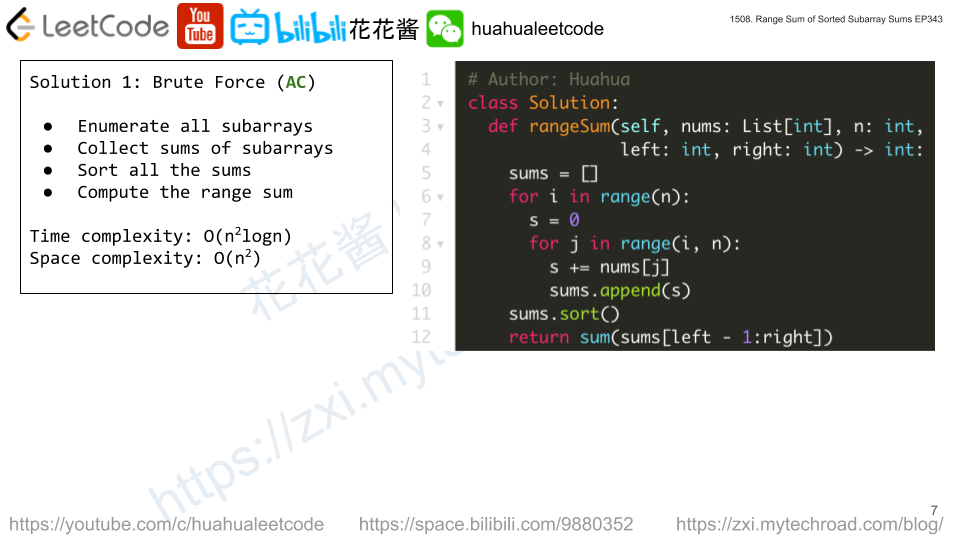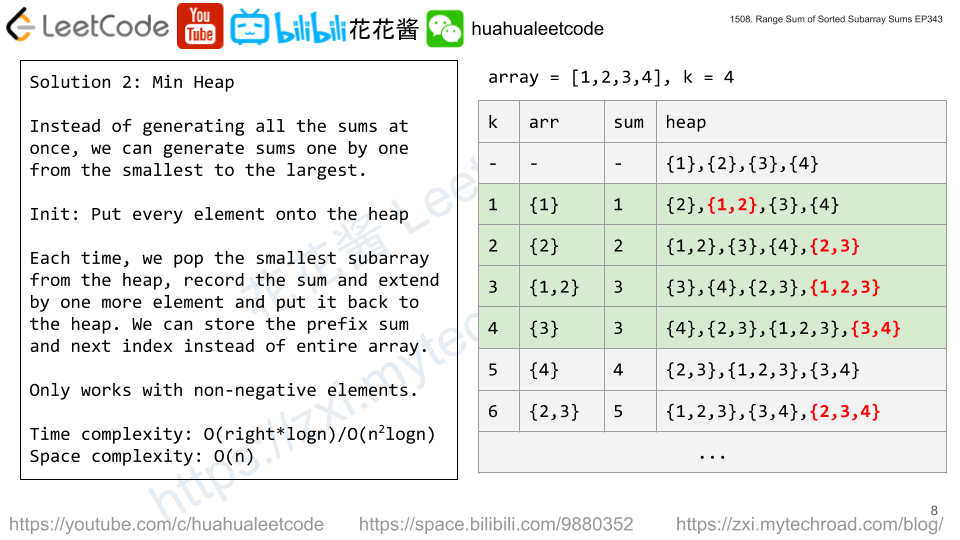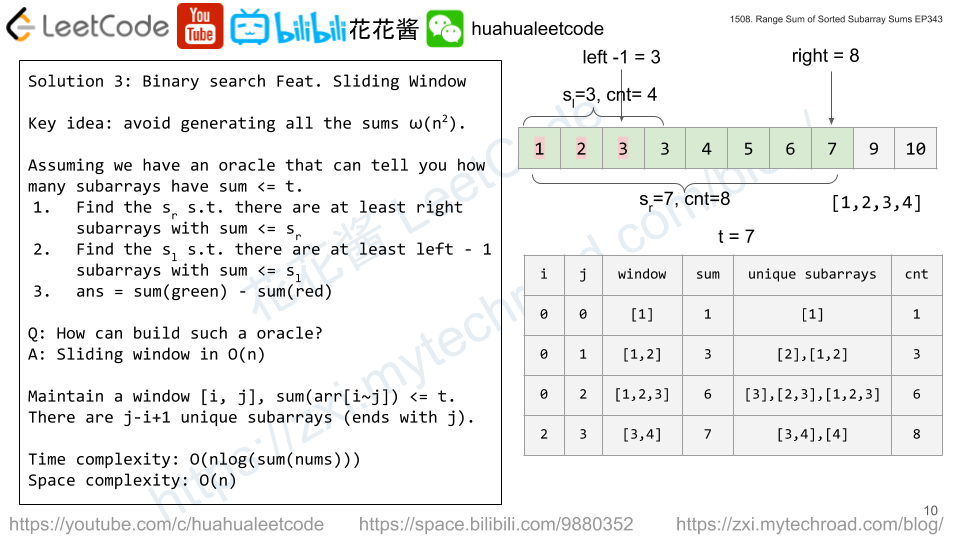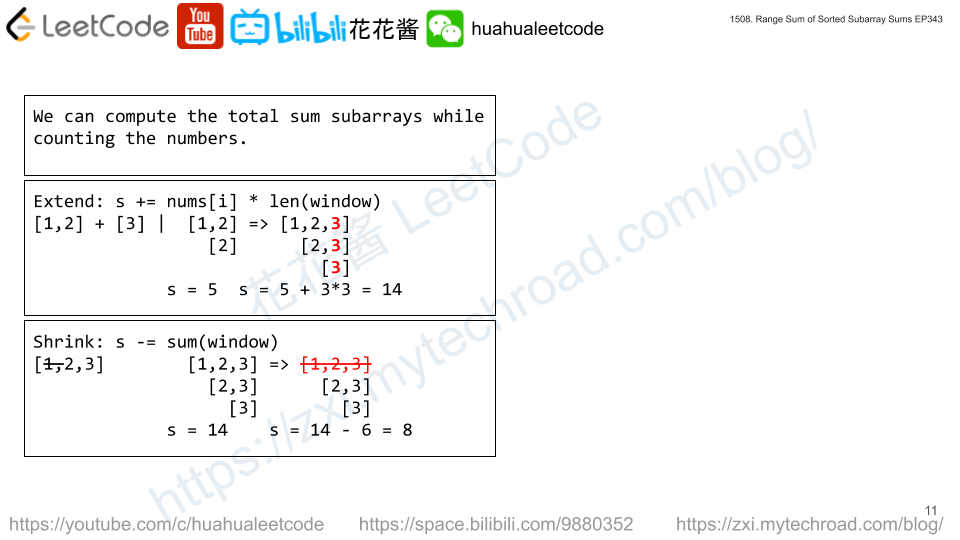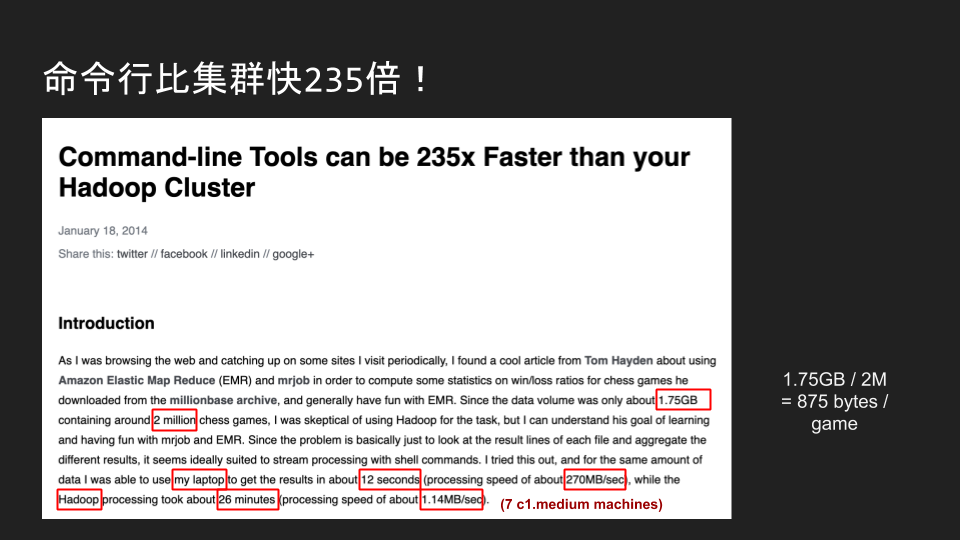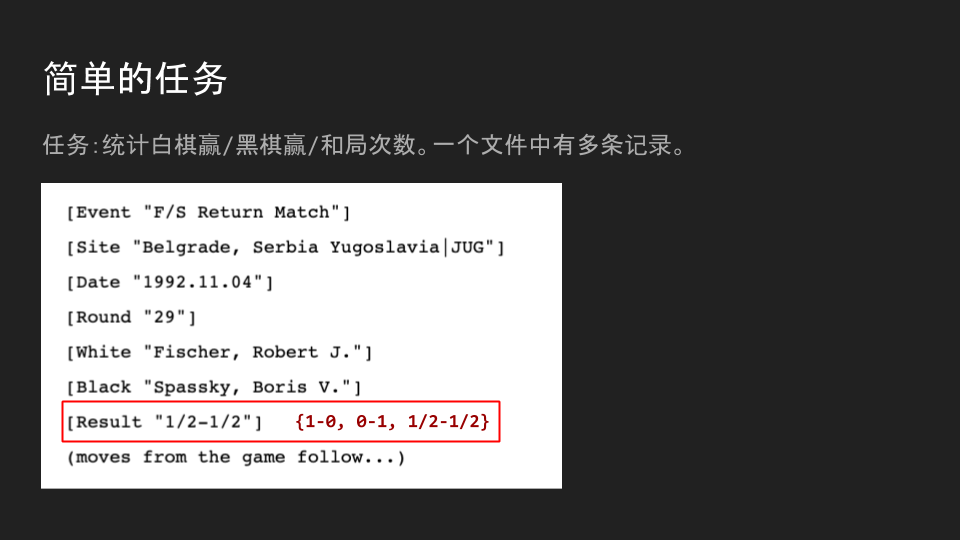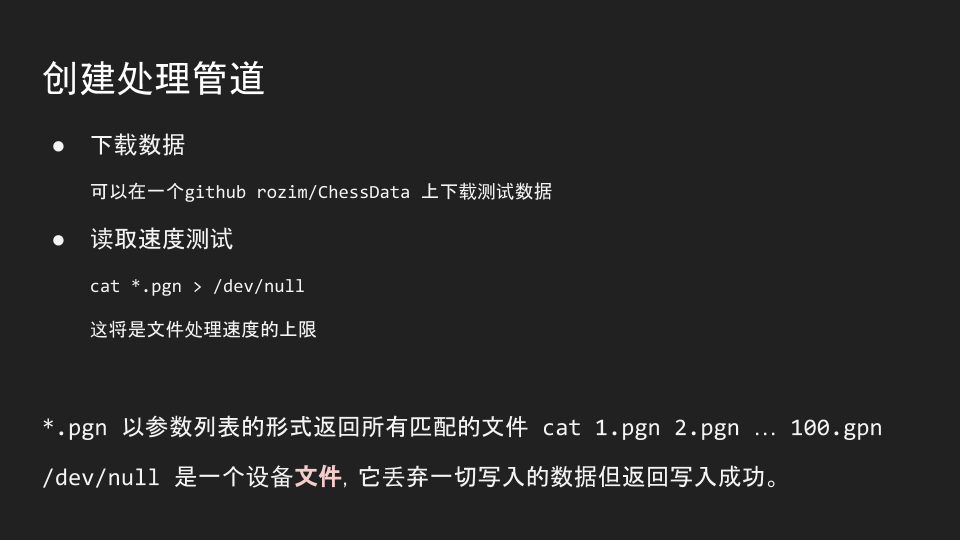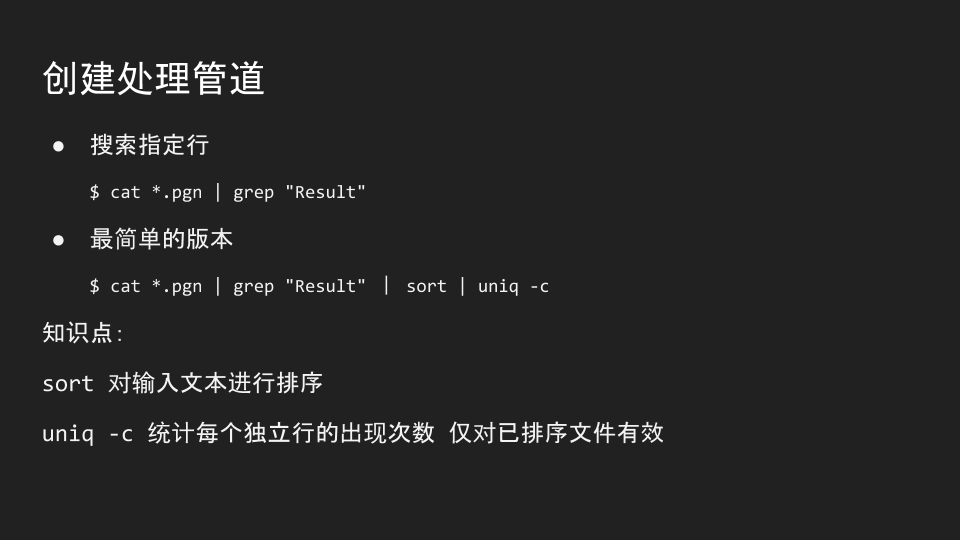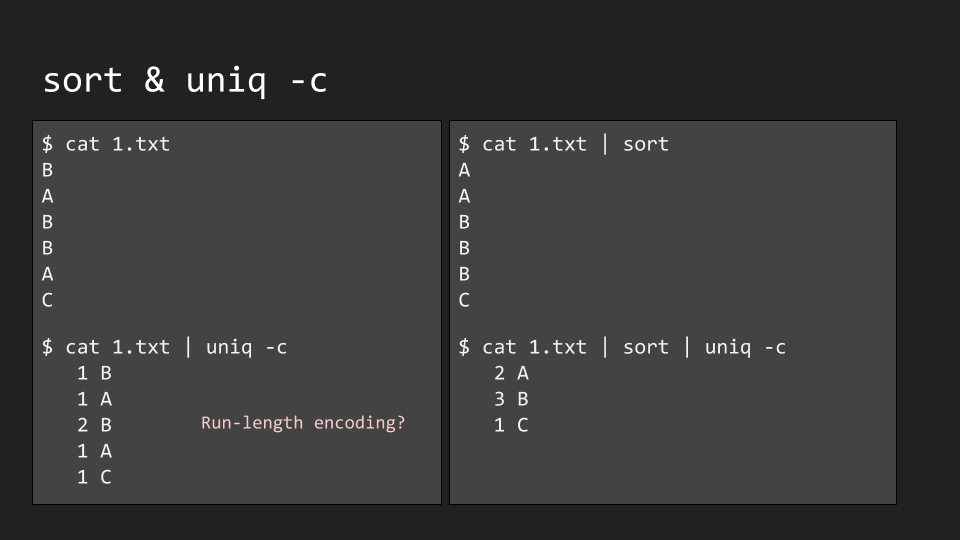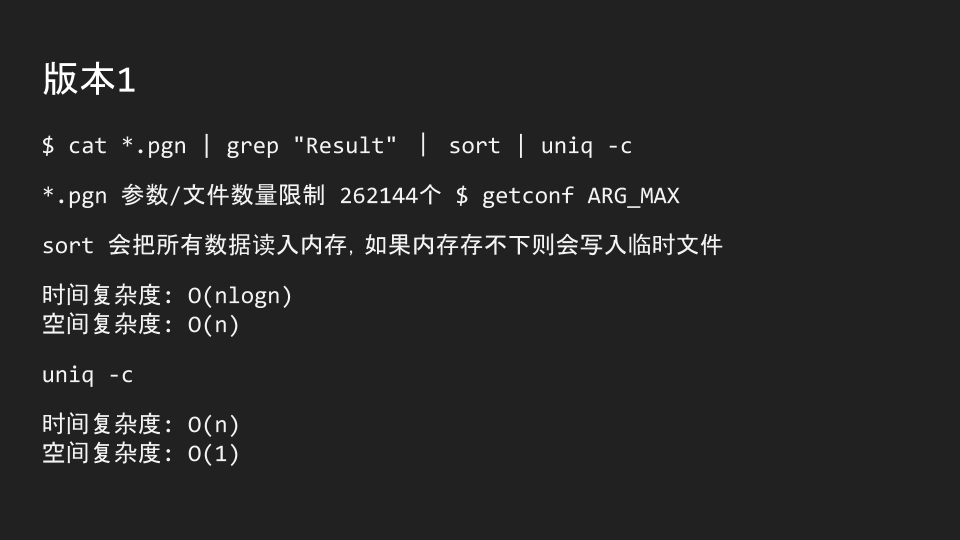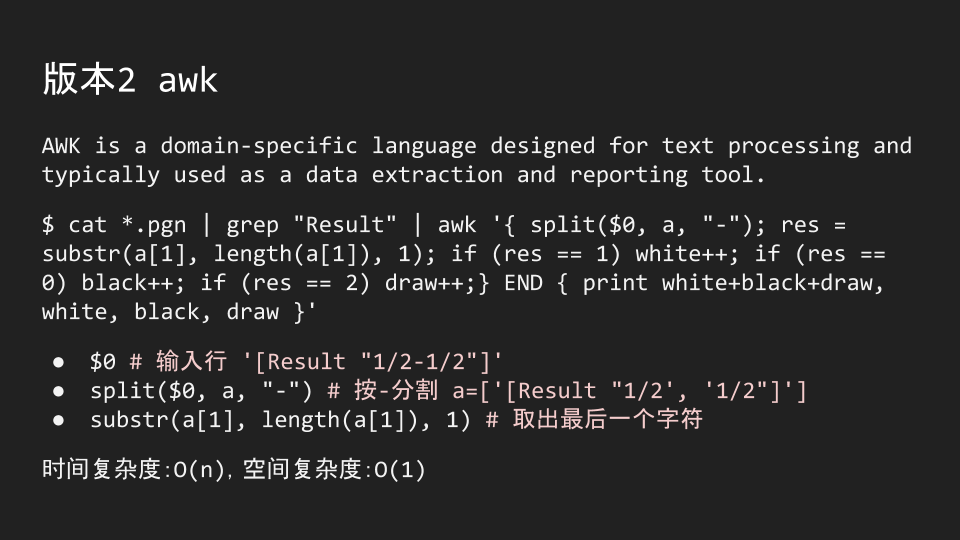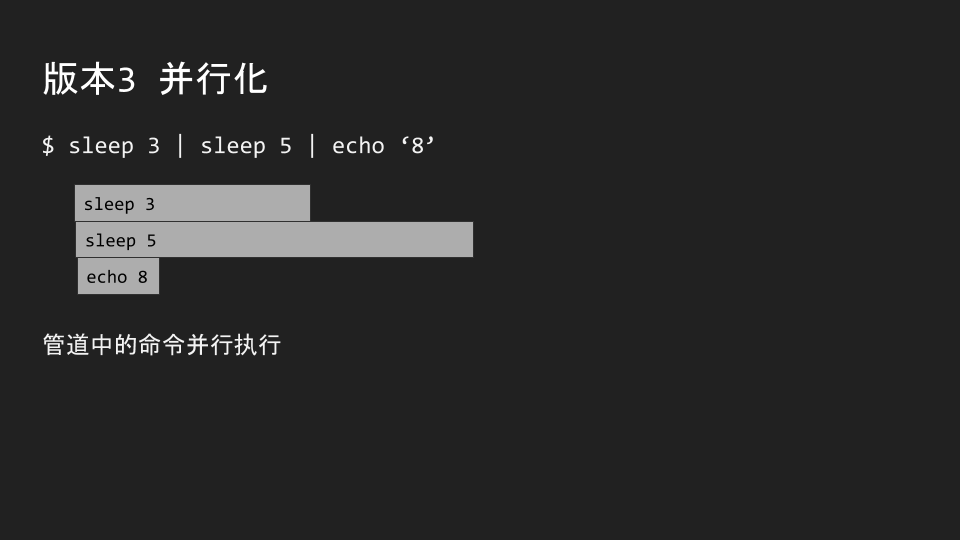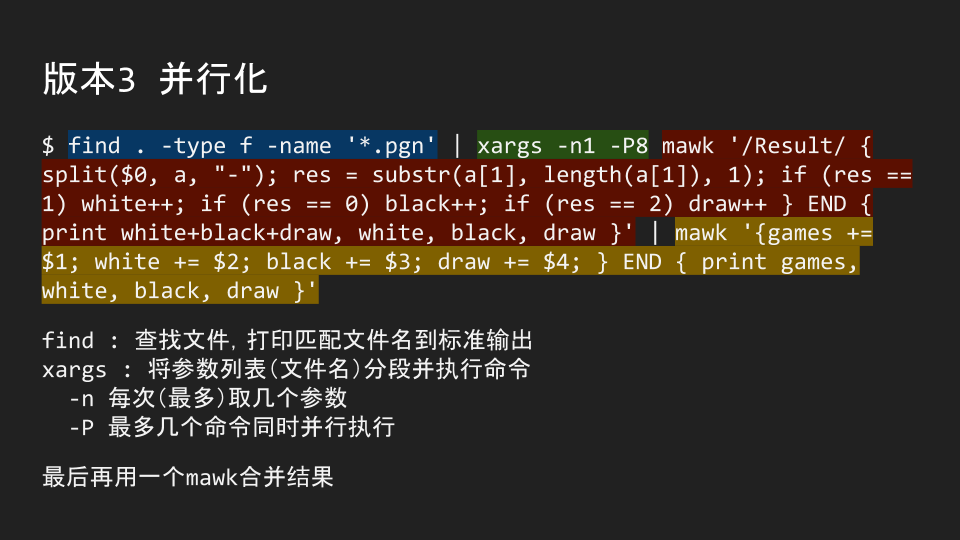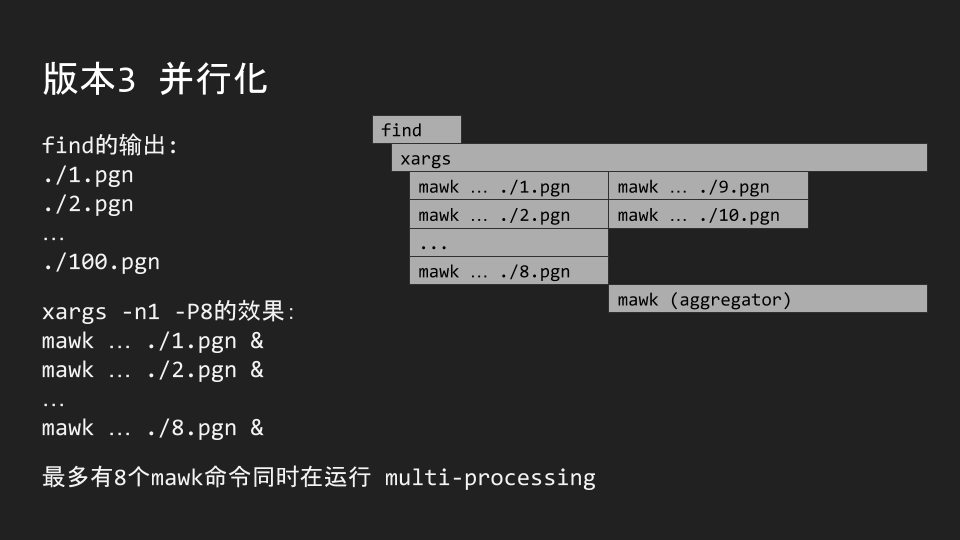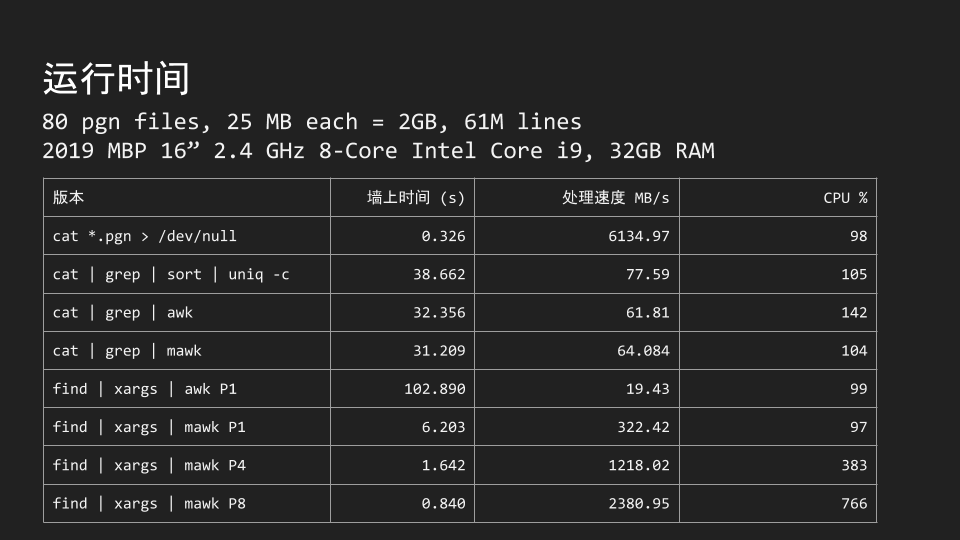Given n points on a 2D plane where points[i] = [xi, yi], Return the widest vertical area between two points such that no points are inside the area.
A vertical area is an area of fixed-width extending infinitely along the y-axis (i.e., infinite height). The widest vertical area is the one with the maximum width.
Note that points on the edge of a vertical area are not considered included in the area.
Example 1:

Input: points = [[8,7],[9,9],[7,4],[9,7]] Output: 1 Explanation: Both the red and the blue area are optimal.
Example 2:
Input: points = [[3,1],[9,0],[1,0],[1,4],[5,3],[8,8]] Output: 3
Constraints:
n == points.length2 <= n <= 105points[i].length == 20 <= xi, yi <= 109
Solution: Sort by x coordinates
Time complexity: O(nlogn)
Space complexity: O(n)
C++
|
1 2 3 4 5 6 7 8 9 10 11 12 |
class Solution { public: int maxWidthOfVerticalArea(vector<vector<int>>& points) { sort(begin(points), end(points), [](const auto& p1, const auto& p2) { return p1[0] != p2[0] ? p1[0] < p2[0] : p1[1] < p2[1]; }); int ans = 0; for (int i = 1; i < points.size(); ++i) ans = max(ans, points[i][0] - points[i - 1][0]); return ans; } }; |
